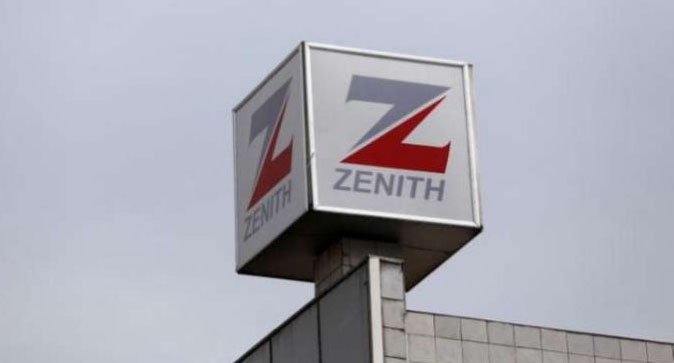
Zenith Bank Plc grew its gross earnings by 17 per cent from N346bn in the first half of 2021 financial period to N405bn in the corresponding period of 2022.
The bank disclosed this in a statement on its audited results for the half-year ended 30 June 2022.
According financial results presented to the Nigerian Exchange on Tuesday, the growth was moved by a 19 per cent YoY growth in interest income from N204bn to N242bn and an 18 per cent YoY growth in non-interest income from N127bn to N149bn.
The growth in interest income was driven by the modest increase in the loan book and improved interest margins. The increase in non-interest income attests to the Group’s success in its income diversification strategy, it stated.
Profit before tax grew 11 per cent year-on-year from N117bn to N130bn. Earnings per share also grew from N3.38 to N3.55 over the same six-month period.
The Group also recorded an 11 per cent year-to-date increase in total customer deposits to close the period at N7.15tn. The retail strategy of the Group continues to deliver outstanding results as retail deposits grew by 17 per cent YtD from N1.82tn to N2.13tn.
Retail activities also supported the growth recorded in fees on electronic products which grew by 45 per cent YoY from N17bn to N25bn.
Despite the elevated yield environment, the cost of funds increased only marginally from 1.3 per cent in June 2021 to 1.4 per cent in June 2022.
The increase in the cost of funds was lower than the increase in yields on interest-generating assets, giving rise to an improved Net Interest Margin of 7.1 per cent from 6.4 per cent in June 2021.
Total assets rose to N10.12tn at the end of June 2022 from N9.45tn at the end of December 2021.
Despite the headwinds imposed by the operating environment, the Group grew its risk assets as gross loans grew by five per cent YtD, from N3.5tn to N3.7tn. This was achieved at a moderate NPL ratio of 4.4 per cent (FYE 2021: 4.2 per cent) and cost of risk of 1.4 per cent (June 2021: 1.3 per cent). Prudential ratios such as liquidity and capital adequacy also remained stable and well-above regulatory thresholds at 60.5 per cent and 21.0 per cent respectively.
Contact: theeditor[at]punchng.com





